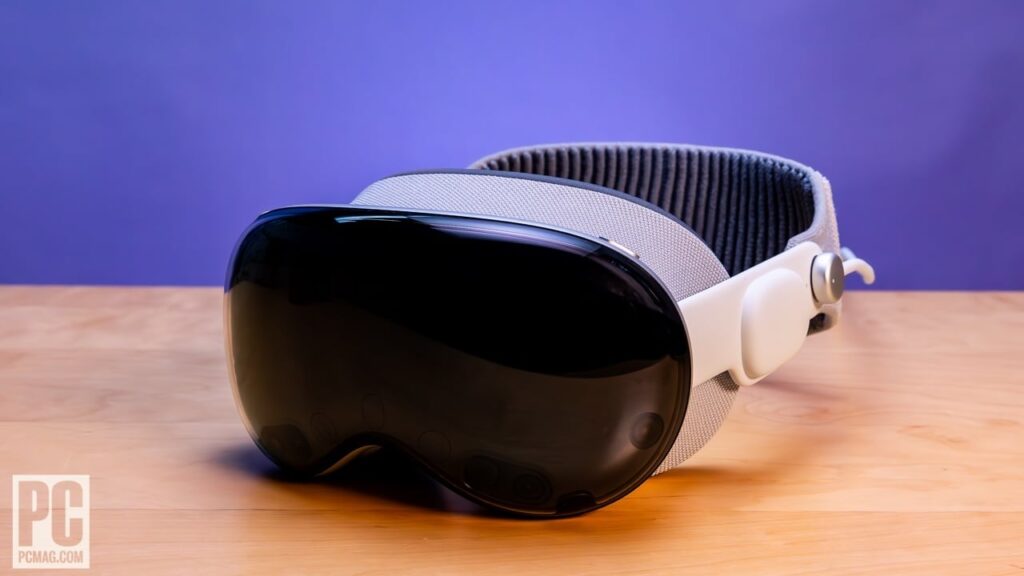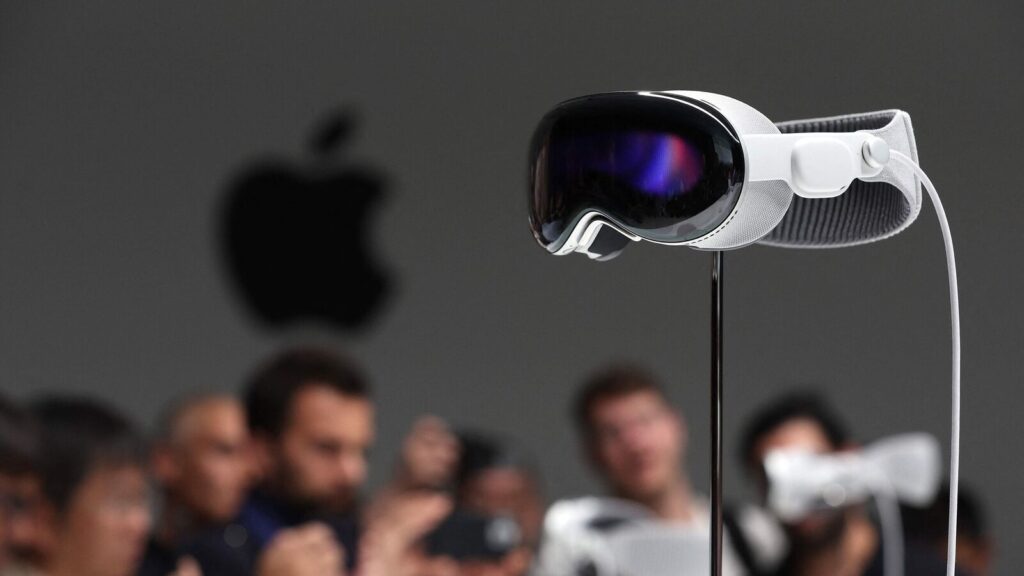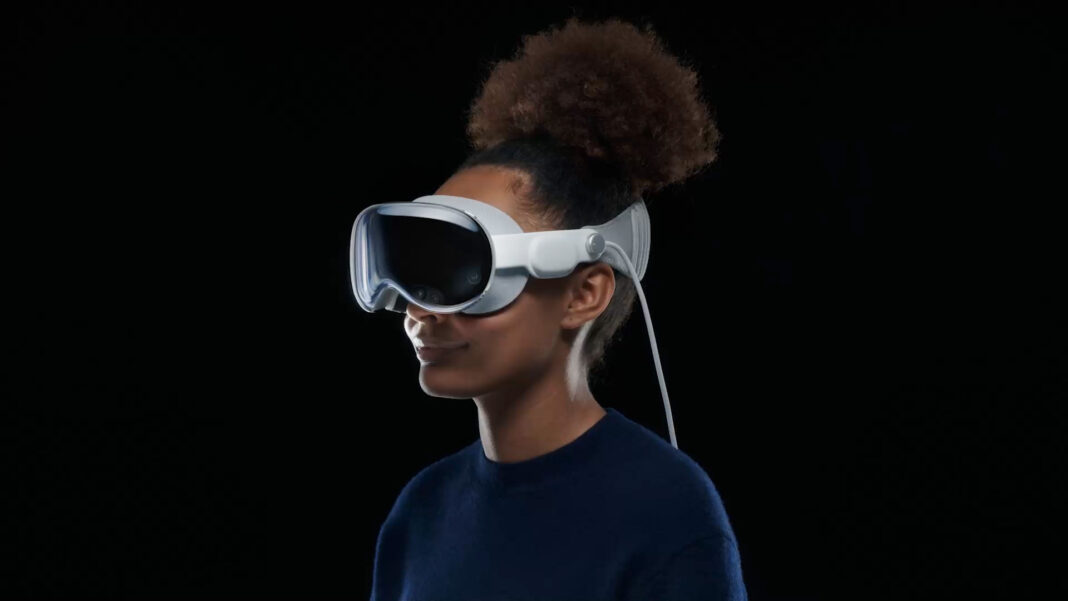In June 2023, Apple unveiled a product that had been years in the making, the Apple Vision Pro, a mixed-reality headset that marked the tech giant’s boldest entry into a new category since the Apple Watch. Tim Cook described it not just as a new device, but as the start of a new era.
Though the concept of interacting with digital elements in the real world isn’t entirely new, think VR headsets. Apple’s approach signals a major leap forward. With a blend of sleek hardware, robust software, and Apple’s ecosystem of apps and services, the Vision Pro is pushing spatial computing into mainstream conversations. But what does it actually mean for users, developers, and the future of digital interaction?
From iPhones to immersive experiences
Apple is no stranger to transforming the way we interact with technology. In 2007, the iPhone redefined the smartphone. Then came the iPad, Apple Watch, and AirPods, each reshaping their respective markets. But the Vision Pro represents a deeper shift, one that moves beyond screens and into fully immersive digital environments.
The idea of spatial computing, where devices understand space and allow users to interact with digital elements as if they were physical, has been explored by companies like Microsoft (with HoloLens) and Meta (with Oculus). But Apple’s track record of turning niche tech into mainstream essentials has made the Vision Pro’s arrival especially significant.
What exactly is spatial computing?
At its core, spatial computing allows digital content to be placed and interacted with in the space around you. It blends elements of augmented reality (AR), virtual reality (VR), and mixed reality (MR) to create immersive environments.
With Vision Pro, users can open apps and have them float in midair, watch movies on virtual screens the size of a theater wall, and join FaceTime calls where people appear as realistic 3D renderings powered by AI. All of this happens without the need for physical controllers, thanks to advanced eye tracking, hand gestures, and voice input.
Apple’s headset uses dual 4K micro-OLED displays, a custom R1 chip for real-time sensor processing, and a sleek aluminum and glass design. The headset therefore feels less like a gaming toy and more like a polished productivity and entertainment tool.

Spatial Computing: Why it matters
Spatial computing, as introduced through Apple’s Vision Pro, marks a major shift in how we interact with digital content. Moving beyond screens and buttons, it allows users to engage with 3D environments using eye movements, hand gestures, and voice commands. Whether it’s designing virtual objects, walking through digital recreations of spaces, or collaborating on floating whiteboards, this technology creates a more natural and immersive interface for everyday tasks.
Entertainment is also being redefined. With Vision Pro, movies can be watched on massive virtual screens with rich spatial audio that mimics the atmosphere of a cinema. Gaming becomes more lifelike, and platforms like Disney+ are already offering content tailored to this immersive experience, blending traditional storytelling with interactive, visual depth.
The way we work could change dramatically too. Remote meetings feel more real with apps like Zoom and Teams creating shared virtual spaces where participants feel present together, not just on camera. This could make remote collaboration more intuitive and effective, breaking down physical barriers and bringing a new sense of connection to virtual teamwork.
Criticism and the price tag
Despite the hype, Vision Pro isn’t perfect. The price of $3,499 makes it inaccessible for many, especially in emerging markets. Early reviewers also noted that while the hardware is impressive, it’s a bit heavy for long-term use, and the battery pack, which only lasts 2–3 hours, can be awkward to carry.
Where it’s headed
Apple is reportedly working on a more affordable version of the headset, possibly named “Vision Air,” which could be released this year or 2026. This would likely remove some premium features in exchange for a lower price, similar to how the iPhone SE exists alongside flagship models.
As the technology improves and prices fall, spatial computing could become as commonplace as smartphones are today. Apple is also working with developers to expand the ecosystem, which is crucial for user adoption. Over 1,000 apps already support Vision Pro, with more coming every day.

How this could change lives in Africa and other emerging markets
Though Apple hasn’t officially launched the Vision Pro in many African countries, the technology’s potential for the continent is immense. Spatial computing, as embodied in the Vision Pro, could open up transformative opportunities across key sectors such as education, healthcare, and infrastructure development.
These possibilities are only achievable if internet connectivity is addressed. The immersive, real-time experiences enabled by spatial computing require fast, stable internet, something that remains inconsistent across much of the continent. This is where technologies like Starlink, which has recently launched in Ghana and Nigeria, could play a pivotal role. By providing high-speed satellite internet to remote and underserved areas, Starlink can help close the digital gap and create a more level playing field, enabling schools, hospitals, and businesses to tap into the power of spatial computing. Without such infrastructure, even the most advanced technologies will struggle to make a meaningful impact.
Apple Vision Pro is not just a new gadget, it’s a peek into what the future of computing might look like. It shifts the conversation from screens to spaces, and from flat apps to immersive environments. While there are hurdles to overcome, price, content, and accessibility
Much like the iPhone did in 2007, Vision Pro could be the beginning of a new technological revolution!




